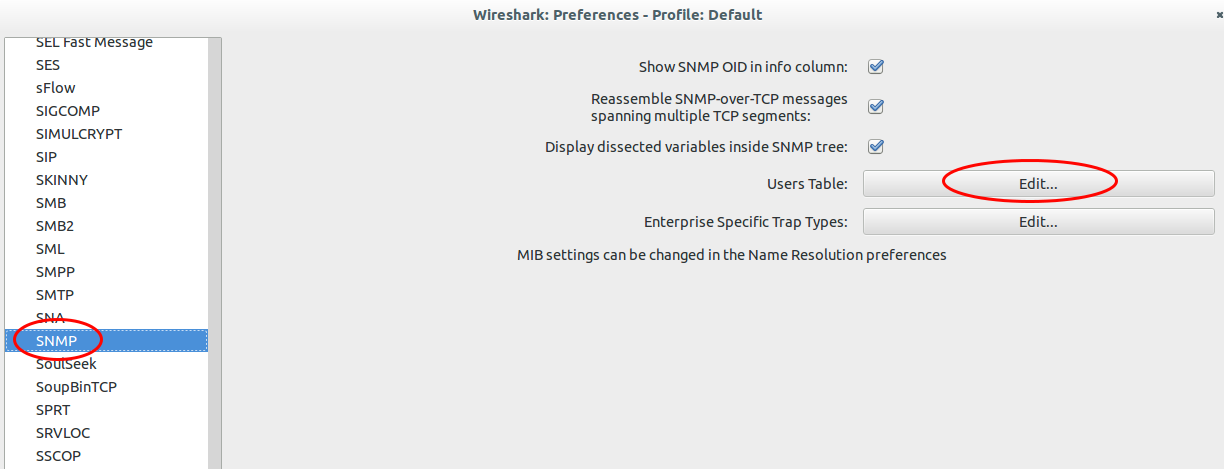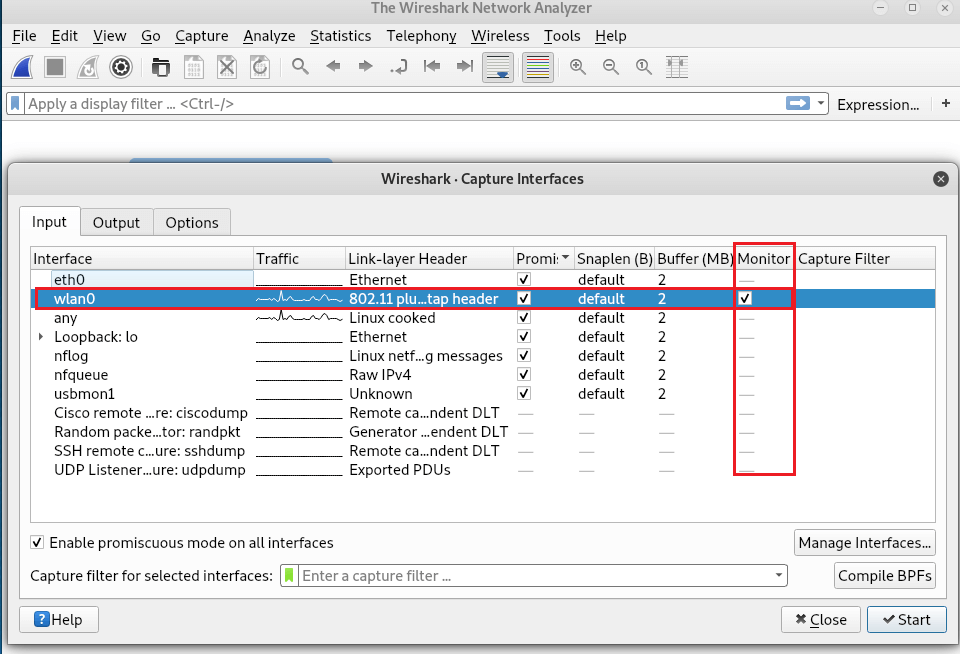

First, we run a simple Apache httpd server that accepts plain-text connections on port 80 and TLS encrypted connections on port 443. To start off, let us look at an example, of how we can debug HTTP traffic with tshark. The debugging shown here can of course be done using the GUI-based Wireshark as well. Tshark is the CLI-based version of Wireshark and provides more or less the same capabilities for dissecting network packets. In this case it is easy enough to use a tool like tcpdump to capture the packets and inspect them with a tool like Wireshark.įor the demonstrations below, tshark is used instead of Wireshark. This is trivial when HTTP requests are sent over an unencrypted channel. To debug HTTP requests, it may be useful to capture traffic and look at the packets that are sent back and forth between the client and the server. Agent(options) Ĭonst req = https.This entry was posted in Security and tagged apache security ssl tcpdump tls tshark wireshark on by Simon Studer const https = require( 'node:https') Ĭonst req = https. Upload a file with a POST request, then write to the ClientRequest object.

The ClientRequest instance is a writable stream. Https.request() returns an instance of the http.ClientRequestĬlass. Object, it will be automatically converted to an ordinary options object. String, it is automatically parsed with new URL().

Options can be an object, a string, or a URL object.

SecureOptions, secureProtocol, servername, sessionIdContext, HonorCipherOrder, key, passphrase, pfx, rejectUnauthorized, The following additional options from tls.connect() are also accepted:Ĭa, cert, ciphers, clientCertEngine, crl, dhparam, ecdhCurve, Http.request(), with some differences in default values: The options parameter can be a WHATWG URL object. The options parameter can now include clientCertEngine. The url parameter can now be passed along with a separate options object. The highWaterMark option is accepted now. When using a URL object parsed username and password will now be properly URI decoded. Import() function instead of the lexical import keyword: let https Of Node.js where crypto support is not enabled, consider using the When using ESM, if there is a chance that the code may be run on a build When using the lexical ESM import keyword, the error can only beĬaught if a handler for process.on('uncaughtException') is registeredīefore any attempt to load the module is made (using, for instance, When using CommonJS, the error thrown can be caught using try/catch: let https Ĭonsole. In such cases, attempting to import from https orĬalling require('node:https') will result in an error being thrown. It is possible for Node.js to be built without including support for the Determining if crypto support is unavailable #


 0 kommentar(er)
0 kommentar(er)
